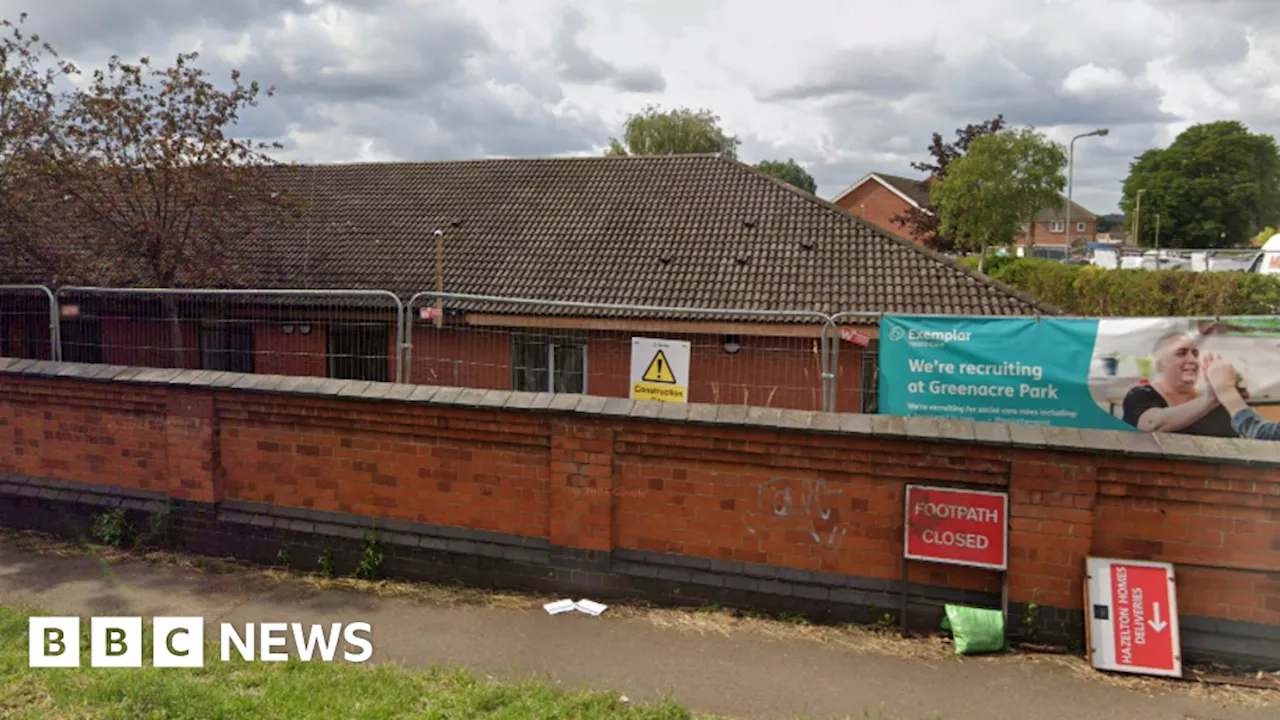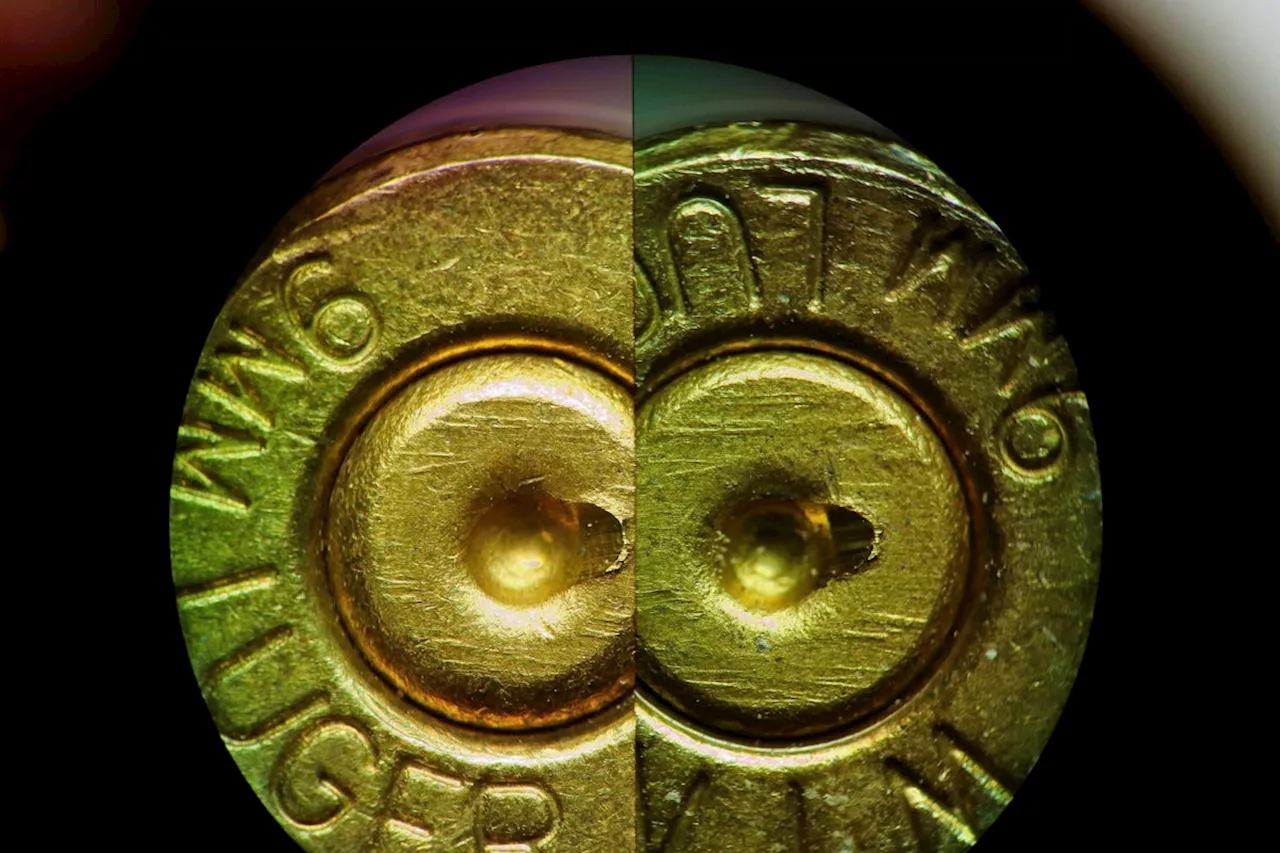A case of mistaken firearm identification by three forensic examiners in Rhode Island exposes systemic flaws in the discipline of forensic firearm analysis. The error underscores the need for reform to ensure objectivity and accuracy in this crucial area of criminal investigations.
Last year, three forensic examiners at the Rhode Island State Crime Laboratory mistakenly concluded that cartridge cases from a crime scene matched a specific firearm. This error exposes systemic flaws that risk wrongful convictions in criminal investigations, as comparing spent bullets and cartridge cases to determine if they came from the same gun is a crucial task. Their conclusions often carry immense weight in criminal trials, helping secure convictions and send defendants to prison.
Yet for decades, the validity of forensic firearm analysis has come under increasing scrutiny as highlighted by this case. This is not just a story of incompetence—the case exposes deeper, systemic flaws in the discipline and how these flaws can jeopardize justice.The core issue lies in the subjective nature of firearm analysis. Examiners rely on identifying common features shared by firearms of the same design, such as caliber or the lands and grooves in a gun barrel. If two cartridge cases don’t share the same class characteristics, they cannot possibly have come from the same firearm. This is a basic task that any competent examiner should be able to perform. However, the Rhode Island case demonstrated a failure to grasp this fundamental principle. Three trained forensic examiners, despite significant differences in class characteristics between the cartridge cases, called a match. This was not a subtle error; it was the forensic equivalent of declaring that two tires of entirely different sizes match the same vehicle. The fact that not one but three examiners overlooked such a fundamental discrepancy underscores a deeper problem: systemic issues embedded in the discipline’s methods, practices and culture.One reason for these mistakes lies in visual confirmation bias—a natural tendency for humans to see what they expect to see. When primed to think about numbers, for example, people are more likely to notice numbers that confirm their expectations. Unconsciously using background information is an inherent feature of how people make sense of ambiguous stimuli. Likewise, when examiners know the details about a case or have reason to suspect a particular weapon’s involvement—information commonly available to firearm examiners working in crime laboratories—they may unconsciously filter and ignore dissimilarities or conflicting evidence, such as mismatched class characteristics. This bias is especially dangerous in firearm forensics because there is no guidance for what marks to examine and focus on. Furthermore, the practice of nonblind verification, where other examiners review evidence knowing the conclusions of the first, also contributes to errors. Instead of providing an independent check, nonblind verification reinforces errors, creating a feedback loop of confirmation rather than correction. In the Rhode Island case, once the first examiner declared a match, subsequent reviewers approached the evidence with the same expectation, making them overlook key class characteristic discrepancies.Addressing these systemic vulnerabilities requires meaningful reform. First, firearm examiners must adopt practices that prioritize objectivity over expectation. For example, examiners should first document the class characteristics of an unknown item before they even begin comparing it to a known sample. This ensures that the most basic and essential criteria are met before subjective judgment comes into play. Only after confirming that the two items are comparable in their class characteristics should the examiner proceed to a comparison of finer details. This process, sometimes called examiner-independent analysis, can help mitigate the influence of bias. Another critical step is ensuring that the process of verifying conclusions is genuinely independent. Too often, second examiners review evidence with the first examiner’s conclusions already in mind, creating a feedback loop where errors go unchallenged. Indeed, in 2023 a prominent firearm examiner testified that he had never reviewed evidence without knowing the first examiner's conclusions in over 50 years of practice. Each examiner should analyze the evidence without any knowledge or inkling of previous findings. This approach breaks the cycle of rubber-stamped errors and ensures that conclusions are more rigorously vetted. Finally, the discipline must move toward more scientifically grounded methods. Firearm identification relies entirely on subjective judgment, with no universal standards for interpreting marks on bullets or cartridge cases or declaring matches
FIREARMS FORENSICS JUSTICE BIASING SCIENTIFIC METHODS CRIME SCENE INVESTIGATION
United States Latest News, United States Headlines
Similar News:You can also read news stories similar to this one that we have collected from other news sources.
 FDIC Cancels Hiring for 200 Examiners Amid Government FreezeThe Federal Deposit Insurance Corp. (FDIC) has revoked job offers to over 200 new bank examiners due to a government-wide hiring freeze. This move exacerbates the FDIC's existing staffing shortage, particularly among examiners, which the agency acknowledges contributed to the failure of Signature Bank in 2023. The hiring freeze, imposed by President Trump's executive order, highlights the increasing influence of the White House on financial policy. While the FDIC traditionally operates independently, it is complying with the freeze, prompting criticism from Senator Elizabeth Warren.
FDIC Cancels Hiring for 200 Examiners Amid Government FreezeThe Federal Deposit Insurance Corp. (FDIC) has revoked job offers to over 200 new bank examiners due to a government-wide hiring freeze. This move exacerbates the FDIC's existing staffing shortage, particularly among examiners, which the agency acknowledges contributed to the failure of Signature Bank in 2023. The hiring freeze, imposed by President Trump's executive order, highlights the increasing influence of the White House on financial policy. While the FDIC traditionally operates independently, it is complying with the freeze, prompting criticism from Senator Elizabeth Warren.
Read more »
 Biological perspectives on forensic psychology as it relates to serial killersAn understanding of brain evolution may prove useful in the development of research in forensic psychology, including research on the behavior of serial killers.
Biological perspectives on forensic psychology as it relates to serial killersAn understanding of brain evolution may prove useful in the development of research in forensic psychology, including research on the behavior of serial killers.
Read more »
 Care Home in Leicester Requires Improvement After Inspectors Highlight Safety ConcernsGreenacre Park, a care home in Leicester, has been rated 'requires improvement' by the Care Quality Commission (CQC) following an inspection in September and October 2023. Inspectors found numerous issues, including inadequate care records, incomplete medication monitoring, and concerns about residents' safety during emergencies. Staff also expressed concerns about their confidence in meeting residents' needs and the quality of care plans.
Care Home in Leicester Requires Improvement After Inspectors Highlight Safety ConcernsGreenacre Park, a care home in Leicester, has been rated 'requires improvement' by the Care Quality Commission (CQC) following an inspection in September and October 2023. Inspectors found numerous issues, including inadequate care records, incomplete medication monitoring, and concerns about residents' safety during emergencies. Staff also expressed concerns about their confidence in meeting residents' needs and the quality of care plans.
Read more »
 College football rankings: Ohio State, Texas highlight way-too-early Top 25 for 2025FOX Sports' RJ Young offers up his way-too-early top 25 rankings for the 2025 college football season, with Ohio State, Texas, Michigan and Colorado all in the mix.
College football rankings: Ohio State, Texas highlight way-too-early Top 25 for 2025FOX Sports' RJ Young offers up his way-too-early top 25 rankings for the 2025 college football season, with Ohio State, Texas, Michigan and Colorado all in the mix.
Read more »
 Billionaire Backers Highlight Trump's Second InaugurationPresident Donald Trump's second inauguration saw a significant presence of billionaires, raising concerns about the growing influence of wealth in American politics. The event, attended by Jeff Bezos, Elon Musk, Mark Zuckerberg, and other prominent figures, sparked debate about the nature of Trump's administration and the potential for an oligarchy.
Billionaire Backers Highlight Trump's Second InaugurationPresident Donald Trump's second inauguration saw a significant presence of billionaires, raising concerns about the growing influence of wealth in American politics. The event, attended by Jeff Bezos, Elon Musk, Mark Zuckerberg, and other prominent figures, sparked debate about the nature of Trump's administration and the potential for an oligarchy.
Read more »
 Trump Family Meme Coins Highlight Potential for Cryptocurrency ExploitationThe launch of Trump family meme coins and the Crypto Ball, attended by crypto leaders and Trump allies, demonstrate how the incoming administration plans to leverage looser regulations for personal gain. The unregulated nature of cryptocurrencies allows for rapid wealth accumulation, raising concerns about potential conflicts of interest.
Trump Family Meme Coins Highlight Potential for Cryptocurrency ExploitationThe launch of Trump family meme coins and the Crypto Ball, attended by crypto leaders and Trump allies, demonstrate how the incoming administration plans to leverage looser regulations for personal gain. The unregulated nature of cryptocurrencies allows for rapid wealth accumulation, raising concerns about potential conflicts of interest.
Read more »
